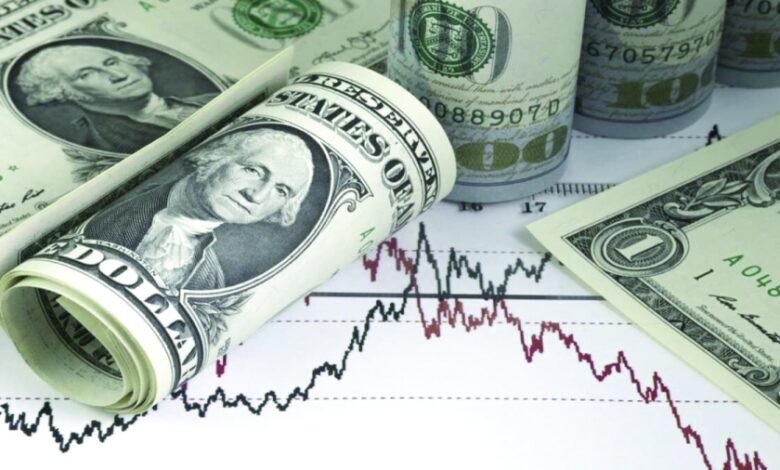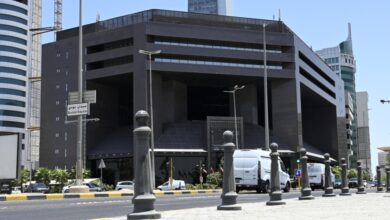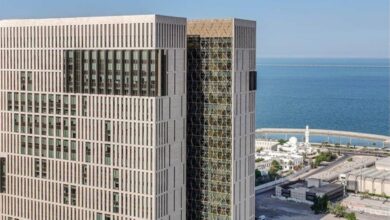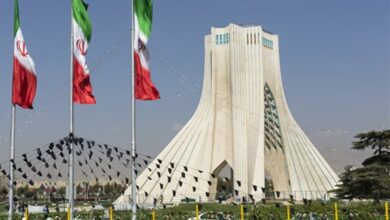
The depreciation of the US dollar has had a mixed impact on the Gulf region, with both positive and negative economic effects. On the downside, the weaker dollar reduces the international purchasing power of residents, affects remittance flows, and contributes to imported inflation. On the upside, it boosts tourism and may increase foreign investment, especially in real estate.
The dollar index recently fell 0.2%, reaching its lowest level against the euro since September 2021. Over the first half of the year, the dollar’s value declined by more than 10%, its worst performance since 1973. This was driven by U.S. fiscal and trade policies, including pressure from President Donald Trump on the Federal Reserve, reports Al-Rai daily.
Most Gulf currencies — except the Kuwaiti dinar — are pegged to the dollar, meaning fluctuations in the dollar directly affect local economies. A weaker dollar reduces remittances from expatriates, as conversions into home currencies like the Indian rupee or Philippine peso yield lower amounts.
This may lead some workers to delay or reduce transfers, while others may use informal channels to get better rates. However, in some cases — such as when recipient currencies drop even more sharply — remittance activity increases. For example, the Indian rupee’s fall to 23.5 AED in June 2025 spurred a surge in transfers.
Domestically, while the peg stabilizes local prices, the Gulf’s dependence on foreign imports—especially from the EU, Japan, and the UK—means that a weaker dollar raises the cost of imported goods such as electronics, machinery, and pharmaceuticals. This imported inflation erodes household purchasing power.
Spending behavior is also affected. Residents earning in local currencies find international expenses like travel and education more expensive, especially in euro- or pound-denominated countries. This reduces discretionary spending and encourages cost-cutting in household budgets.
From an investment standpoint, the weak dollar is driving interest toward hedging assets such as gold or foreign equities, and encouraging domestic investments with less currency risk.
Gulf investors are rebalancing portfolios, shifting away from dollar-denominated assets, and exploring opportunities in the Eurozone, Asia, and emerging markets. A weaker dollar also enhances the UAE’s appeal to foreign investors by lowering entry costs compared to stronger-currency markets.
In tourism, the weaker dollar is making Gulf destinations more attractive for travelers from Europe, Russia, and India, as their currencies now have greater value in the region.
This supports inbound travel, while the strength of the euro and other foreign currencies may discourage Gulf residents from vacationing in Europe, instead opting for regional destinations like Egypt, Jordan, and Lebanon. The euro itself has appreciated by nearly 12% this year.
In summary, the dollar’s decline is reshaping economic behavior in the Gulf — from consumer spending and remittances to investment strategies and tourism — highlighting both vulnerabilities and new opportunities across the region.












